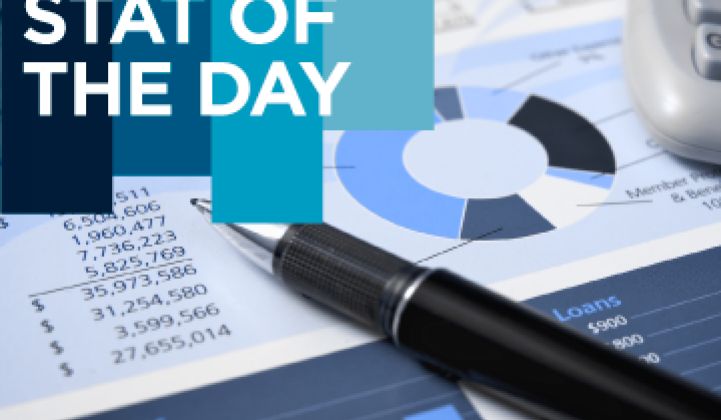One in three utilities lacks confidence that regulators are going to make it easy to recover the costs of implementing smart grid projects -- and more than two-thirds of them see an impending slowdown in spending making it harder to choose which facets of the smart grid to invest in.
Those are some of the results out from Black & Veatch’s sixth annual Strategic Directions in the U.S. Electric Utility Industry Report released earlier this week. The report, a snapshot of utility executives opinions taken in February and March of this year, paints a picture of an industry in the midst of unprecedented change -- and one that’s having trouble adjusting to the risks involved with that change.
On the smart grid front, utilities are seeing a downshift in spending, as the $4.5 billion in federal stimulus grants that gave the industry such a huge boost over the past 18 months have started to run out. Only 27 percent of respondents thought that spending would remain about the same after stimulus grants run out, and more than 70 percent of them predicted a slowdown.
Just how that slowdown would take place, however, was a matter of some dispute among respondents. About 30 percent of them saw the main focus for reduced spending going toward “revenue cycle system” improvements -- i.e., smart meters, billing software, customer-premise devices, and the like.
Only 17 percent saw the focus moving to transmission and distribution operating systems, on the other hand -- a finding that would seem to be at a disconnect to the shift in spending we’ve tracked from smart meters to distribution automation and other grid-side projects.
The remaining respondents, some 21 percent of them, didn’t distinguish between smart meters and distribution automation as their metric, but rather said that any new spending would come only where it could “demonstrate fast payback in hard benefits.”
In other words, regulators are telling utilities to show them the money they’ve promised in operational savings, and in particular, in customer savings and benefits. We’ve seen utility regulators in Maryland, Illinois, Michigan, Indiana, Hawaii and elsewhere order utilities to redraw their smart grid plans to push customer benefits and services higher up in their to-do lists.
Indeed, uncertainty about funding in a post-stimulus environment was the second-most oft-cited road block to smart grid progress, right behind the perennial favorite of “consumers' lack interest and knowledge” of the smart grid. Third and fourth most often cited roadblocks to smart grid were concerns with upfront costs being too high, and business cases failing to justify the investment.



